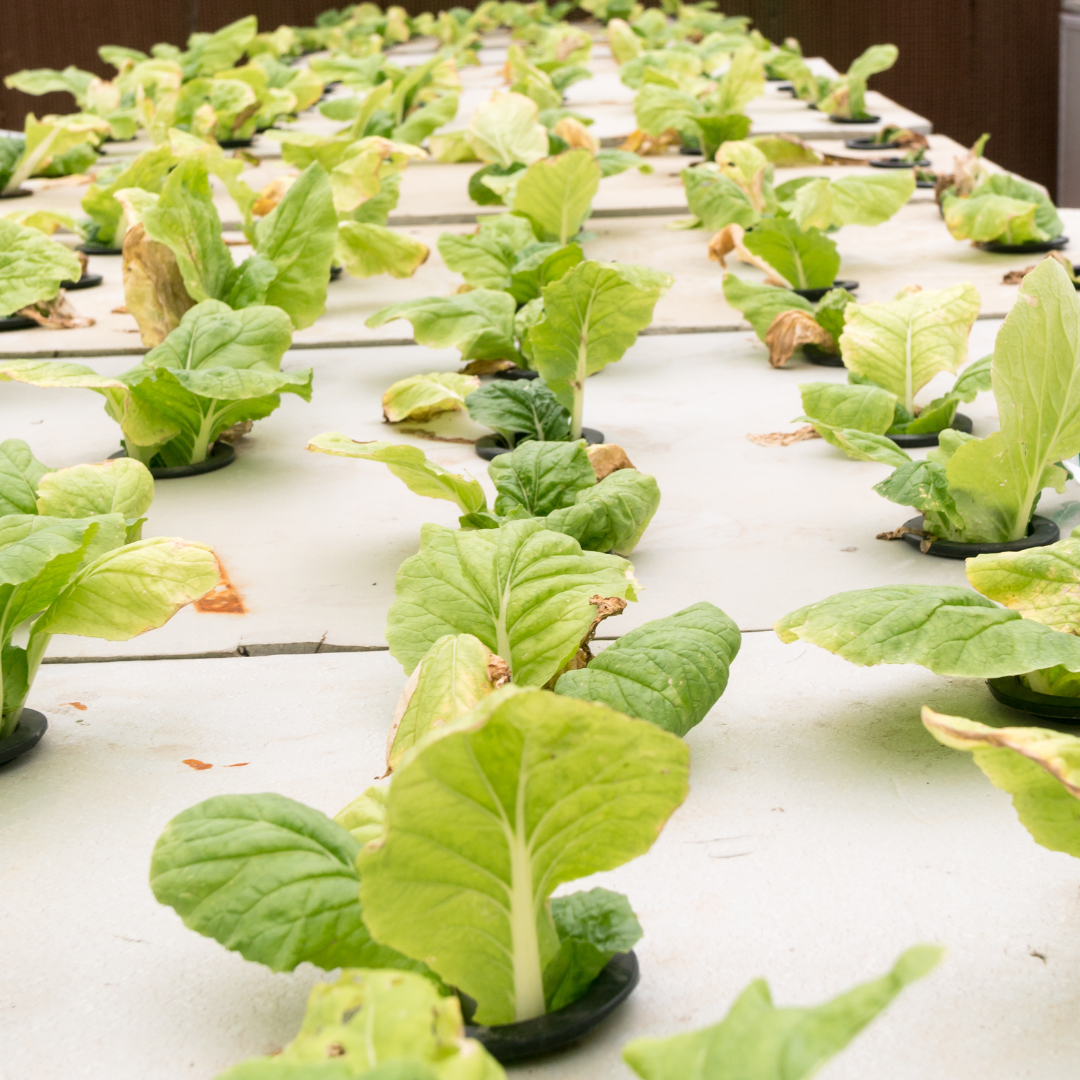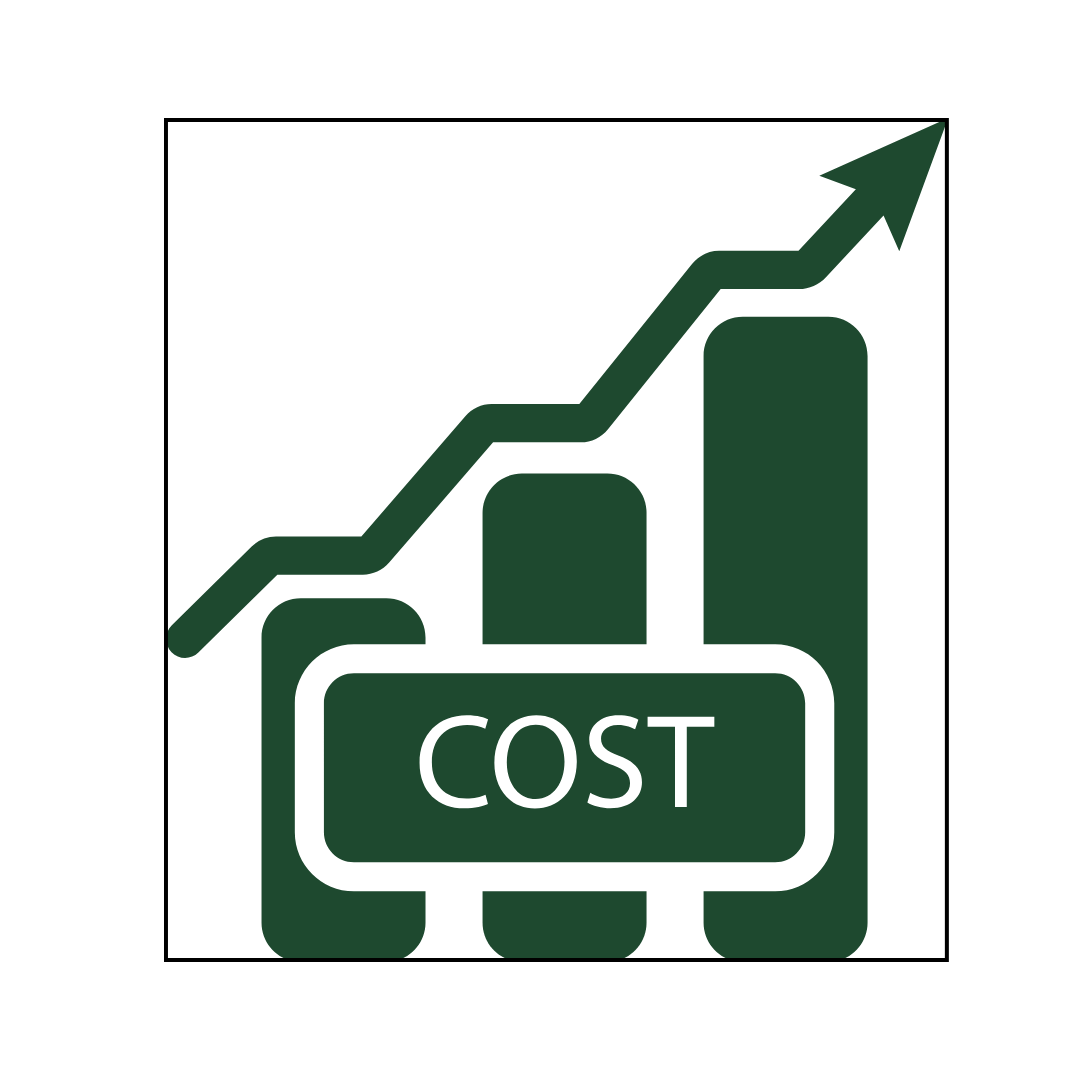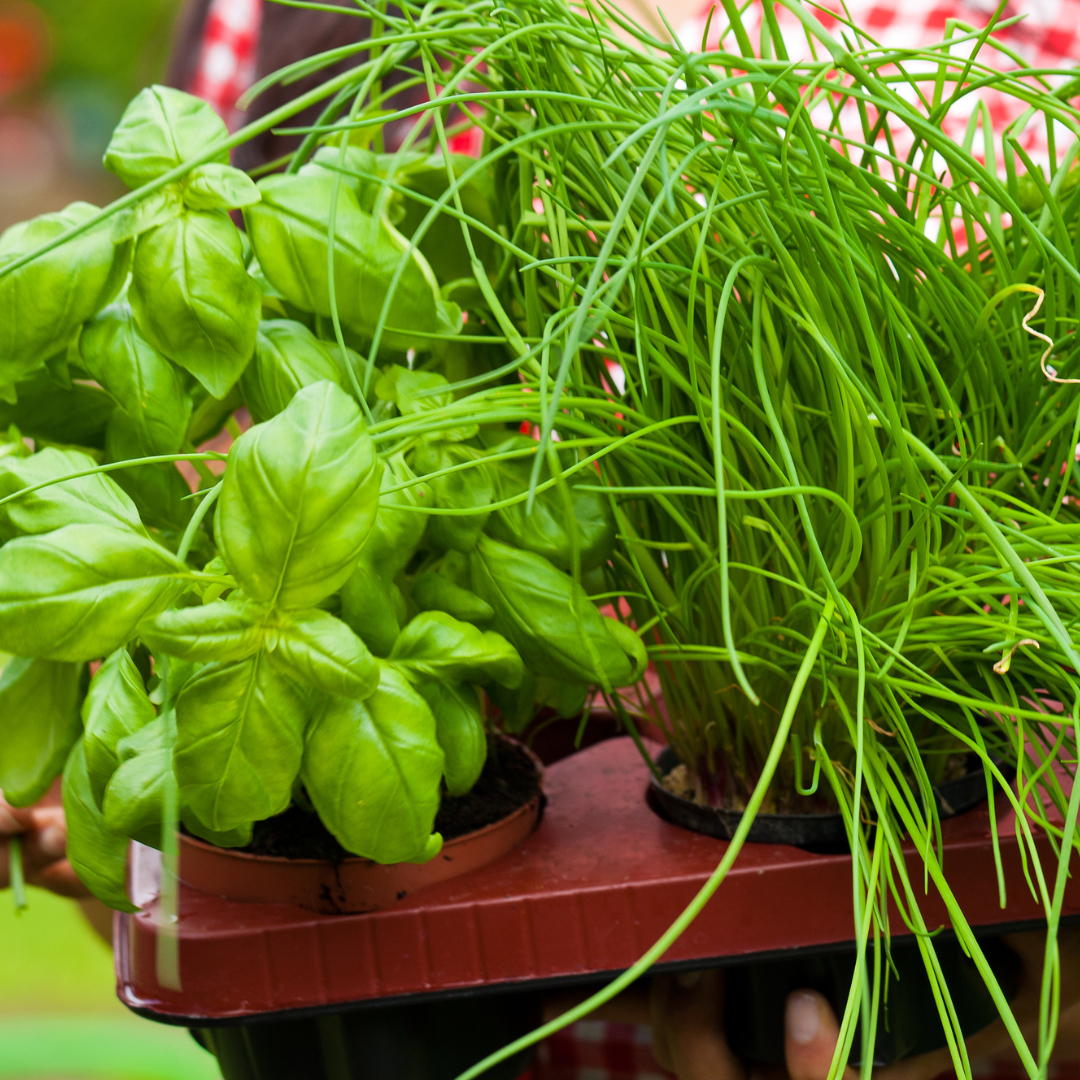Introduction
Have you ever thought about growing your food but don’t have a big backyard? Or maybe you live in a city apartment with no outdoor space at all? Well, there’s good news! You can still grow your own fresh, healthy food using something called hydroponics. Even better, it can help you save money on your grocery bills!

In this article, we’ll explore how hydroponics works and why it might be a great choice for you.
What is Hydroponics?
Let’s start with the basics. Hydroponics is a way of growing plants without soil. Instead of dirt, the plants grow in water that’s full of nutrients. It might sound weird, but plants don’t need soil to grow. They just need water, nutrients, and light.

In a hydroponic system, you give the plants exactly what they need to grow. This means they can grow faster and produce more food than plants in regular soil. Plus, you can grow plants all year round, even when it’s cold outside!
How Can Hydroponics Save You Money?

Now, let’s talk about the main question: how can growing plants in water save you money? Here are some ways:
- You’ll buy less produce at the store: When you grow your vegetables and herbs, you won’t need to buy as much at the grocery store. This can add up over time!
- Your food will last longer: Have you ever bought lettuce or herbs, only to have them go bad in a few days? With hydroponics, you can harvest what you need when you need it. Your plants keep growing, so you always have fresh food.
- You can grow more in less space: Hydroponic plants often grow bigger and faster than plants in soil. This means you can grow more food in a smaller area, which is great if you don’t have a lot of space.
- You’ll use less water: It might seem strange, but hydroponic systems use less water than traditional gardening. The water in the system gets reused, so you’re not wasting any.
- No need for pesticides: Because you’re growing indoors, you won’t have to deal with as many pests. This means you don’t need to buy expensive pesticides.
- Year-round growing: With hydroponics, you can grow food all year. You don’t have to wait for the right season or worry about bad weather ruining your crops.
What Can You Grow in a Hydroponic System?
You might be wondering what kinds of food you can grow in a hydroponic system. The good news is, you can grow lots of different things! Here are some popular choices:
- Leafy greens (like lettuce, spinach, and kale)
- Herbs (like basil, mint, and cilantro)
- Tomatoes
- Peppers
- Cucumbers
- Strawberries
These are all foods that can be expensive to buy at the store, especially if you want organic options. By growing them yourself, you can have high-quality, fresh produce whenever you want it.
Getting Started with Hydroponics
If you’re interested in trying hydroponics, you might be wondering how to get started. Don’t worry, it’s not as hard as you might think! Here are some steps to help you begin:
- Choose your system: There are many different types of hydroponic systems. Some popular ones for beginners are:
- Deep Water Culture (DWC): Plants float on top of nutrient-rich water.
- Nutrient Film Technique (NFT): A thin film of water flows over the plant roots.
- Wick System: A simple system where a wick draws water up to the plants.
- Decide what to grow: Start with easy plants like lettuce or herbs. As you get more experienced, you can try growing other vegetables.
- Get your supplies: You’ll need:
- A container for your plants
- A way to hold the plants (like net pots)
- An air pump and air stone (for some systems)
- Hydroponic nutrients
- Growing media (like rock wool or clay pebbles)
- Seeds or seedlings
- Set up your system: Follow the instructions for your chosen system. Make sure everything is clean and working properly.
- Plant your seeds or seedlings: Place them in the growing media and put them in your system.
- Maintain your system: Check the water level and nutrient balance regularly. Make sure your plants are getting enough light.
The Costs of Getting Started
Now, you might be thinking, “This sounds great, but how much does it cost to start?” There are indeed some upfront costs with hydroponics. But remember, this is an investment that will save you money over time.

Let’s calculate the total cost for a basic setup:
- DIY hydroponic system: ₹4,000
- Growing medium (coco coir): ₹650
- Seeds (variety pack): ₹500
- Basic nutrient set: ₹2,000
- Basic LED grow light: ₹2,000
- pH testing and adjustment: ₹1,200
- Air pump and stone: ₹700
- Miscellaneous items: ₹500
Total: Approximately ₹11,550
This might seem like a lot at first. But think about how much you spend on vegetables and herbs each month. If you spend ₹2,000 a week on produce, that’s ₹8,000 a month or ₹96,000 a year! Your hydroponic system could pay for itself in just a few months.
Plus, once you have your system set up, the ongoing costs are much lower. You’ll just need to buy seeds and nutrients occasionally and pay for a small amount of electricity if you’re using grow lights.
Ongoing Costs:
- Seeds: ₹500 – ₹1,000 per year, depending on what you grow
- Nutrients: ₹2,000 – ₹3,000 per year for a small system
- Electricity: This will vary based on your setup and local electricity rates, but for a small system with LED lights, you might expect to pay an additional ₹200 – ₹400 per month.
So, your annual ongoing costs might be around ₹6,000 – ₹8,800, plus the cost of electricity.
Remember, you can start small and expand your system as you learn and save money. A simple herb garden or lettuce setup will cost less than a full vegetable garden. As you get more comfortable with hydroponics and start seeing savings on your grocery bill, you can invest in expanding your system.
Long-Term Savings
Let’s look at how much money you could save in a year with a home hydroponic system:

Potential yearly savings on common vegetables and herbs:
- Lettuce: ₹2,600
- Spinach: ₹4,160
- Tomatoes: ₹3,120
- Bell Peppers: ₹2,600
- Herbs: ₹4,680
Total potential savings: ₹17,160 per year
Yearly costs to run your system:
- Seeds and nutrients: ₹7,000
- Extra electricity: ₹3,600
Total yearly costs: ₹10,600
This means you could save about ₹6,560 in the first year (₹17,160 – ₹10,600), after covering your running costs.
In the second year and beyond, your savings could go up to about ₹18,110 per year. This is because you’ve already paid for the initial setup (about ₹11,550).
Remember, these are estimates. Your actual savings might be different based on:
- How well your system works
- What and how much you grow
- Your local electricity costs
- Vegetable prices in your area
- How much of your produce do you use
If you usually buy organic vegetables, you could save even more – possibly an extra ₹3,000 to ₹5,000 per year.
Even a small hydroponic setup for just herbs and lettuce can help you save money on groceries. As you get better at hydroponics, you can grow more and save more!
The real savings with hydroponics come over time.
Other Benefits of Hydroponics

Saving money is great, but there are other benefits to growing your food with hydroponics:
- Fresher food: Your produce will be as fresh as possible because you’re harvesting it right when you need it.
- Healthier food: You control what goes into growing your food, so you know it’s free from harmful pesticides.
- Better for the environment: Hydroponics uses less water and land than traditional farming.
- Fun hobby: Many people find gardening relaxing and rewarding. It’s a great way to reduce stress and learn new skills.
- Educational: If you have kids, hydroponics is a great way to teach them about plants, science, and where food comes from.
Common Challenges and How to Overcome Them
Like any new skill, hydroponics can have some challenges. Here are some common issues and how to deal with them:
- Balancing nutrients: Getting the right mix of nutrients can be tricky at first. Start with a pre-mixed nutrient solution and follow the instructions carefully.
- Pest control: While indoor growing reduces pest problems, you might still encounter some. Try natural solutions like neem oil before using chemical pesticides.
- Power outages: If the power goes out, your plants could die quickly. Consider having a backup power source for your system.
- Time commitment: Hydroponics does require some daily attention. Set reminders to check on your plants regularly.
- Initial cost: As we discussed, there is an upfront cost. Start small and expand your system as you learn and save money.
Conclusion
Hydroponics is an exciting way to grow your own food and save money on groceries. While it does require some initial investment and learning, the benefits can be significant. You’ll have access to fresh, healthy produce year-round, and you’ll see savings on your grocery bill over time.
Remember, you don’t need to start big. Even a small hydroponic setup can help you grow fresh herbs or lettuce, reducing your grocery costs. As you get more comfortable with the process, you can expand your system and grow more varieties of plants.
So why not give hydroponics a try? It’s a fun, rewarding way to take control of your food supply and your grocery budget. Plus, there’s nothing quite like the satisfaction of eating a salad made with lettuce you grew yourself!
Whether you’re looking to save money, eat healthier, or just try something new, hydroponics might be the perfect solution. Happy growing!

Pingback: How to Automate Your Hydroponics System for Less Maintenance!